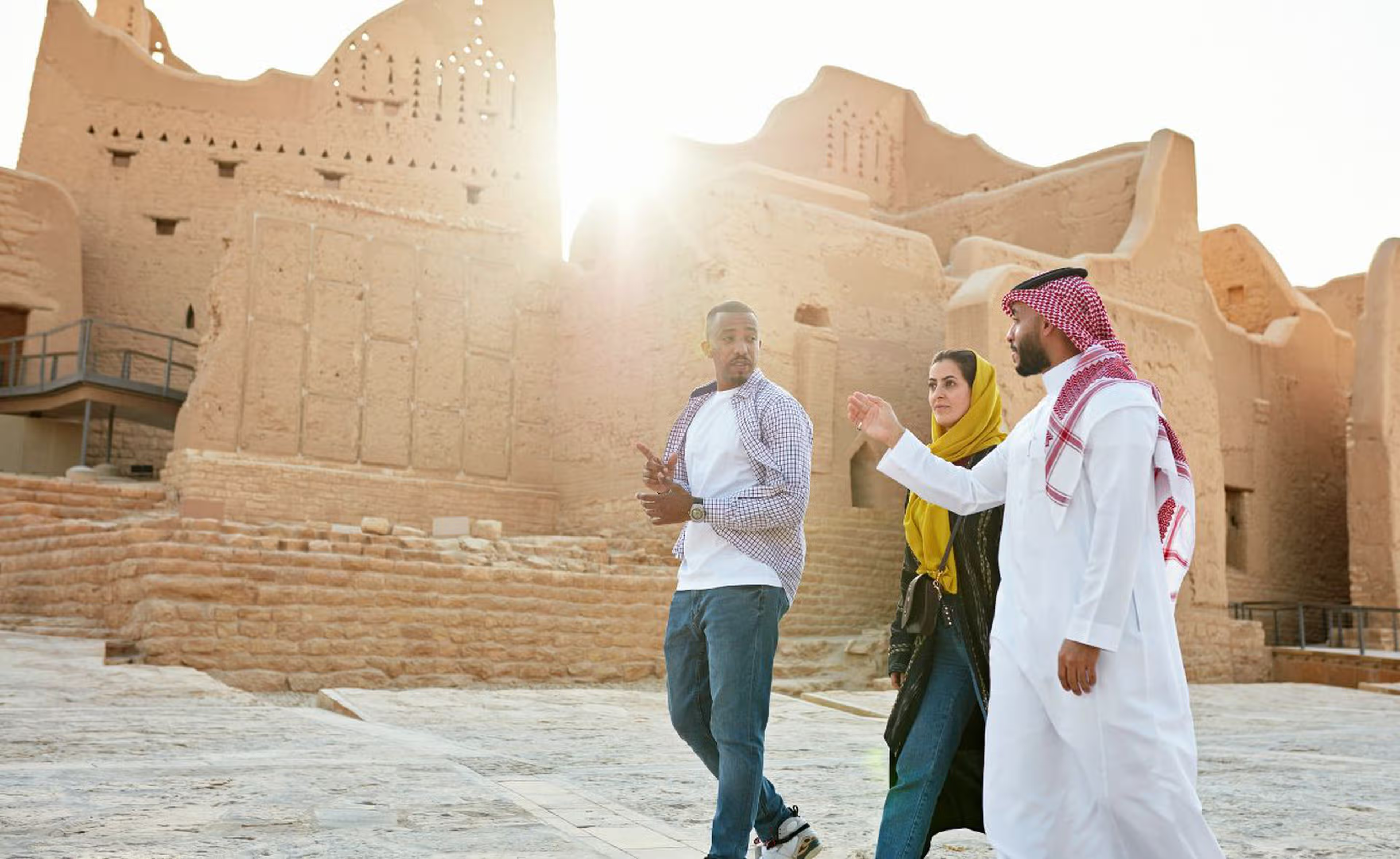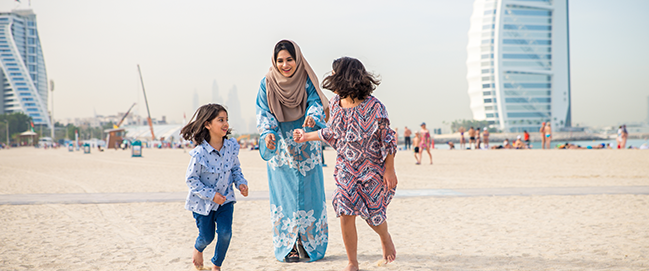
 Saudi Arabia is one such nation where tradition and modernity move hand in hand. The Kingdom, being the birthplace of Islam, has tradition as an integral part of daily life. Saudi Arabia Culture and Traditions are not just old habits passed down from generation to generation but also symbols of values like respect, family, generosity, and hospitality.
Saudi Arabia is one such nation where tradition and modernity move hand in hand. The Kingdom, being the birthplace of Islam, has tradition as an integral part of daily life. Saudi Arabia Culture and Traditions are not just old habits passed down from generation to generation but also symbols of values like respect, family, generosity, and hospitality.
From how families gather during holidays to the way they eat from large communal platters, these customs give a true glimpse of the Culture of Saudi Arabia. Such practices highlight Saudi Arabia Culture Facts, showing how history and identity remain a living part of society and continue to be a source of pride for Saudis today.

Hospitality is also Saudi society’s principal pillar. The reception hospitable culture is serving the Arabic coffee, or Gahwa, and fresh dates. The practice is a simple and refined one that is one of the most ancient Saudi societal customs and traditions. The tradition conveys warmth, hospitality, and the importance of receiving the visitors with respect.
Family is another pillar. Extended families like to stay together, and frequent gatherings contribute to the spirit of oneness. Older people are highly valued, and children show respect to them in behavior, attitude, and reserved seating spaces.
Saudi Arabian Cuisine is a central part of the Kingdom’s culture.. Sharing food is an indication of hospitality and camaraderie, both much esteemed Saudi food customs.
Kabsa: Lamb or chicken and rice cooked, with spices like saffron and cardamom.
Mandi: Rice and meat cooked in a pit in the ground on a low heat to create a smoky flavor.
Jareesh: A thick ground wheat and tomato sauce or yogurt dish.
Mutabbaq: Pastry filled with fillings to be used as street food.
Food is placed in big portions set on the floor in the middle of the room in traditional gatherings, and relatives sit around in a circle and consume it.
Sharing is based on togetherness, humility, and cultural use of food as other than just the provision of nourishment.
The Kingdom of Saudi Arabia is rich in occasions that are predominantly religious and national, the most prominent of which are:
Ramadan is the holiest month of Islam and holds special meaning in Saudi Arabia. It’s a month of fasting, praying, and giving. The atmosphere during Ramadan in the Kingdom is very religious. Mosques are filled, especially Taraweeh and night prayers. Iftar and Suhoor are eaten in the family and neighbors, and acts of kindness such as distributing food to the needy. At night, food stalls and markets become active with movement.
This is the Eid that commemorates the end of Ramadan and starts with a congregational Eid prayer in the morning. It is a celebratory time when families reunite, dress up in their best attire, send Eid greetings to each other, and give children presents (Eidiyah). They eat traditional foods, and then go visit relatives and friends. It is a time of peace, happiness, and mutual friendship.
Referred to as the Festival of Sacrifice, Eid al-Adha commemorates Prophet Ibrahim’s willingness to sacrifice his son. It overlaps with the Hajj pilgrimage that is done every year. Muslims do the (animal sacrifice) ritual, and its meat is distributed to family members, friends, and needy people. Just like Eid al-Fitr, it begins in the morning with a prayer, followed by family reunions and feeding. It is one of the very strong symbols of faith, submission, and mercy.
Founding Day marks the anniversary of the establishment of the first Saudi state by Imam Muhammad bin Saud on February 22, 1727. It remembers the historical depth and cultural richness of Saudi Arabia. It is a comparatively new national celebration, but it is already one of the Saudis’ pride in its rightful season. It is filled with magnificent traditional attire, recitation of poetry, folk singing, and display of the traditional cuisine and handicraft. Founding Day is remembering the history of the Kingdom along with ongoing identity.
The Saudi National Day of 23rd September is a celebration of the anniversary day of the founding of the Kingdom. The national day is filled with Saudi National Day exhibitions like parades, fireworks, artistic shows, and cultural celebrations. The roads are filled with the colors of the national flag, and the individuals march boldly in green, the Saudi color.
Other than Saudi and Islamic festivities, the Kingdom also holds other events in Saudi Arabia, such as:
They blend heritage and modern creativity, therefore they are unique for citizens and foreign visitors.
Daily life is a strong identification with Saudi Arabia Culture and Traditions. Clothing, for example, is a definite indicator of cultural identity:
Etiquette is observed in everyday life. Greetings start with “Assalamu Alaikum” (peace be upon you), and handshaking may be followed by a light kiss on the shoulder or cheek among close male relatives.
Family and neighborly visits are also socially encouraged, especially on special occasions. They promote respect, hospitality, and solidarity values, making Saudi culture deeply embedded in its tradition.
Saudi Arabia is richer than mere festivities and foods. The traditional entertainment and art still form of Custom of Saudi Arabia:
They are usually displayed at festivals and exhibitions, where tourists are provided with the chance of witnessing Saudi tradition from their own eyes.
So Saudi Arabia Culture and Cystoms are the pillars of identity of the Kingdom. From Arab coffee and dates as an indication of hospitality to eating together, to the vibrant festivities of Saudi Arabia and stunning Saudi National Day performances, the traditions pervade the fabric of day-to-day life.
Considering Saudi food ways, social etiquette, dress, and celebrations, we can see heritage alive today. While Saudi Arabia is modernizing and opening up quickly to the world, Saudi culture remains predominantly tradition-based with a fine mixing of traditional and modern.This blend of past and present comes together to form the Kingdom, a great place and society that is ready to embrace its past but also look towards the future.
You can also read:
Caves in Saudi Arabia: Explore the Stunning Caves within the Kingdom